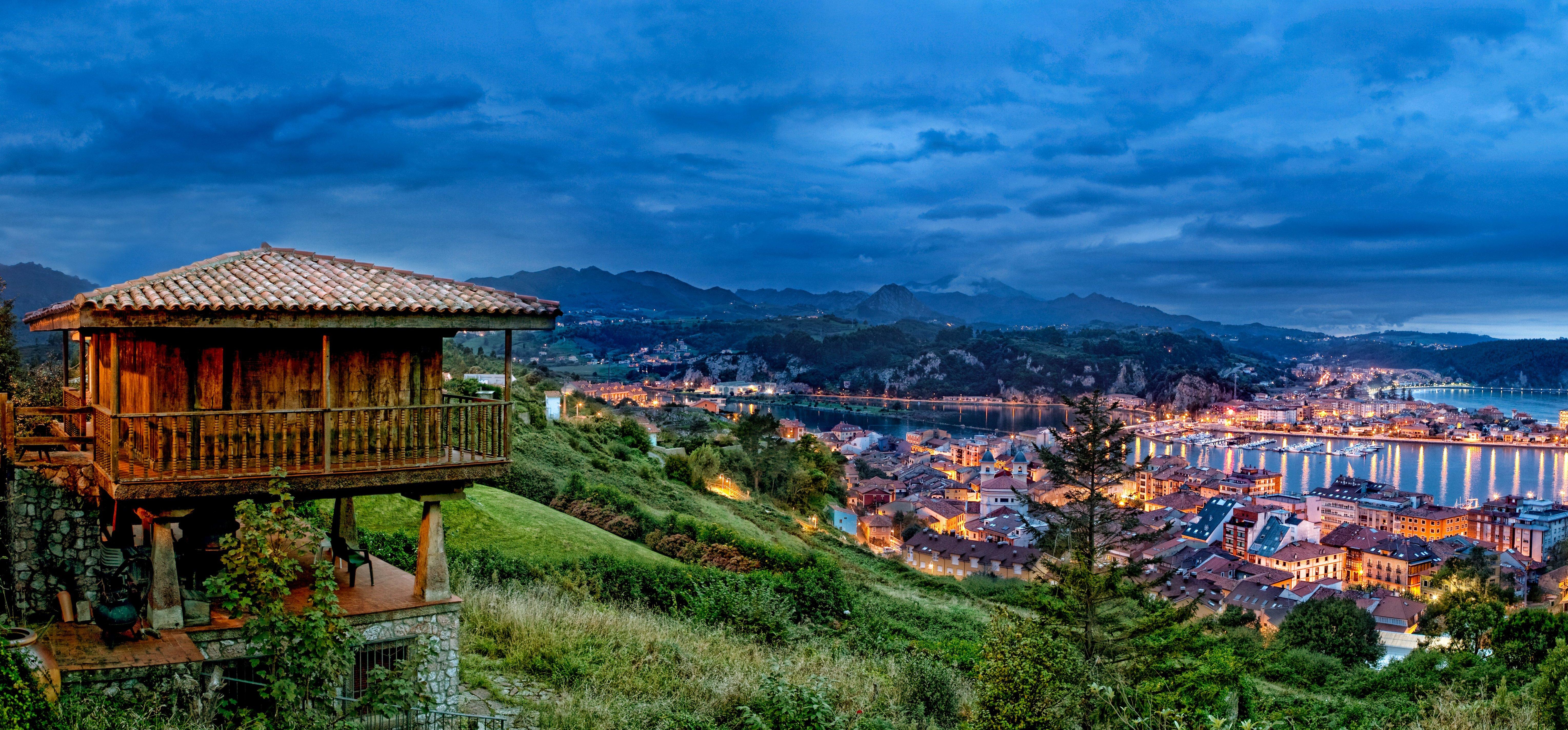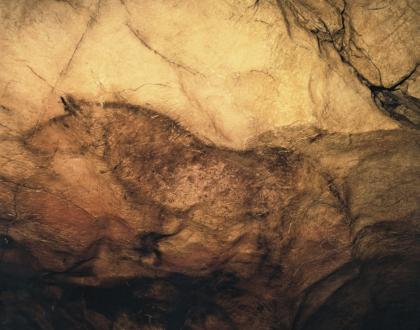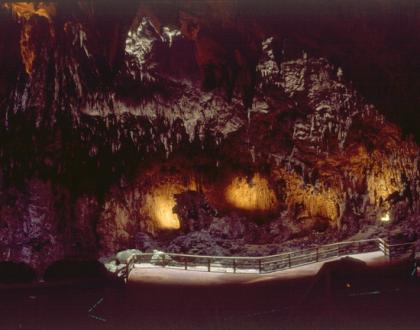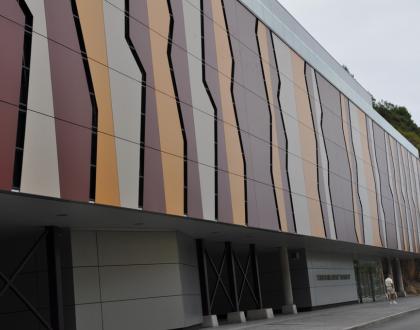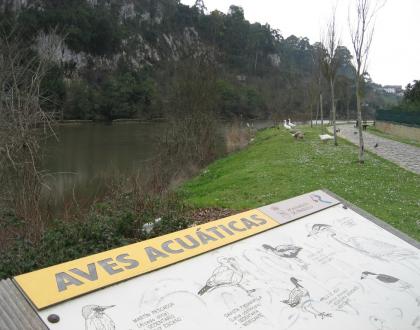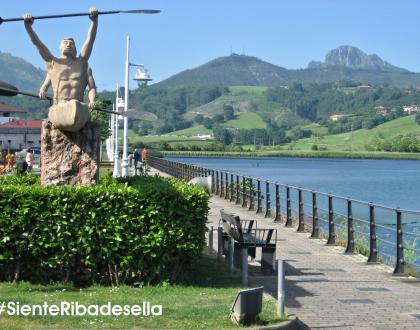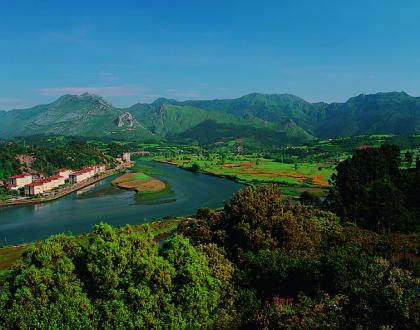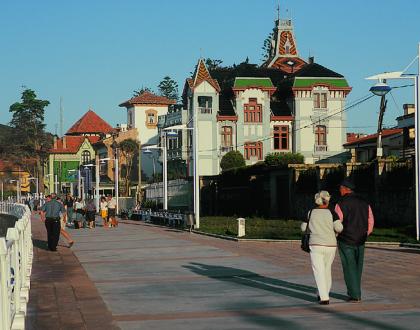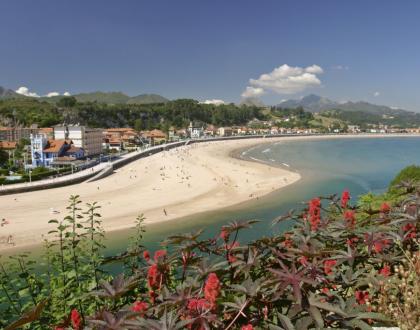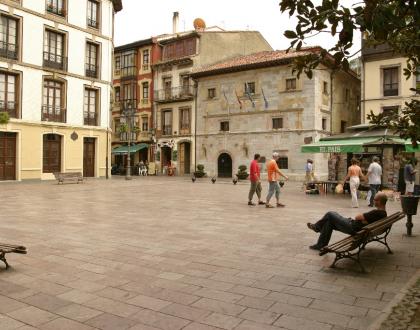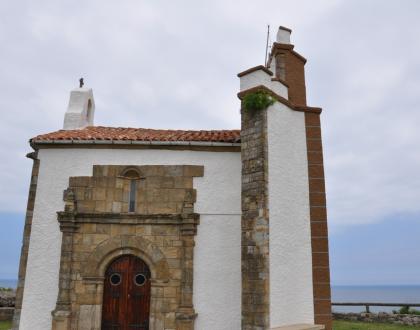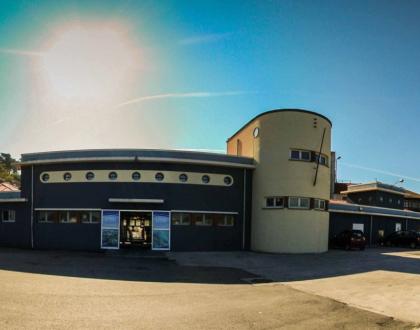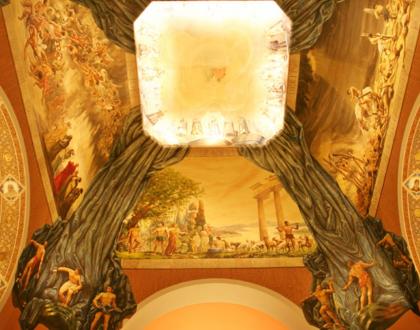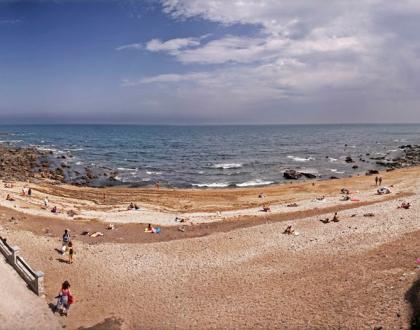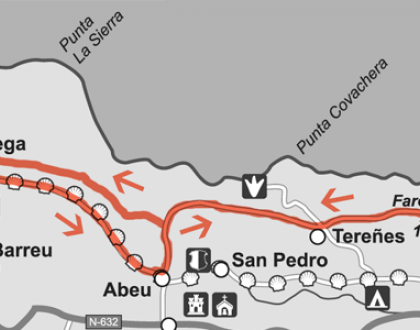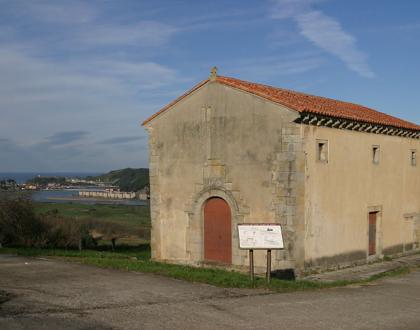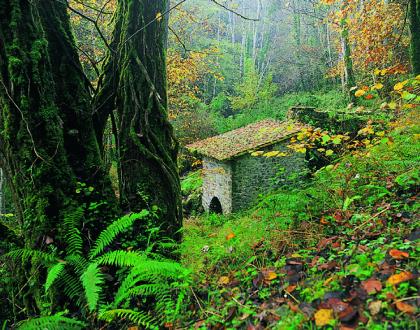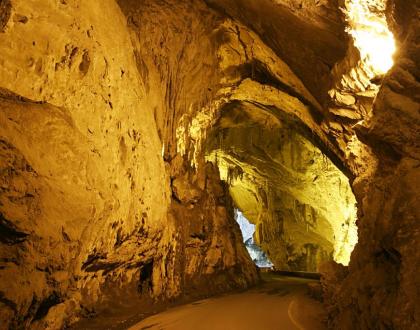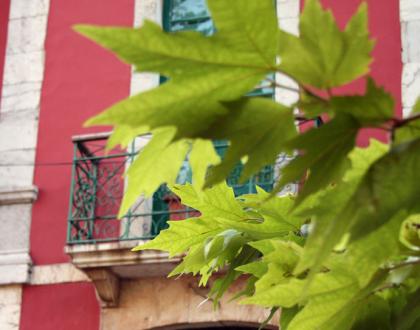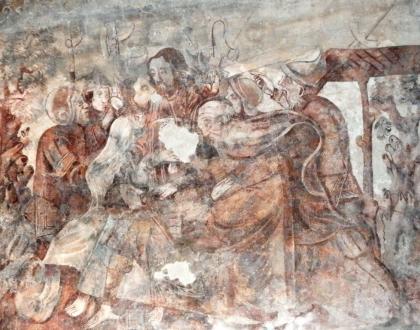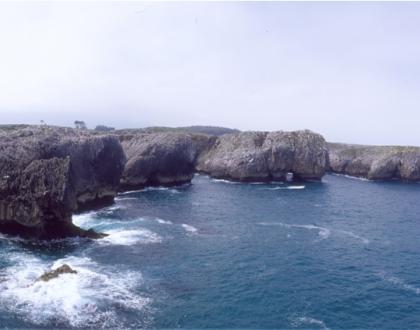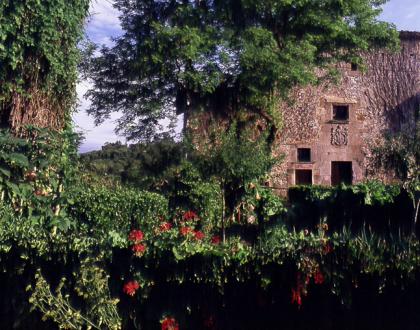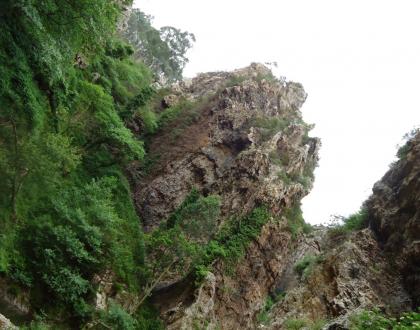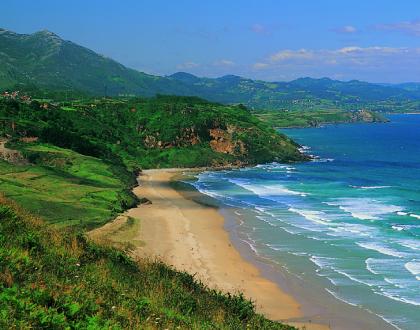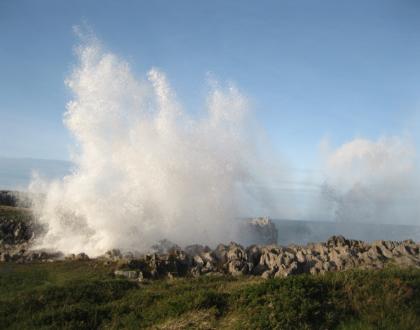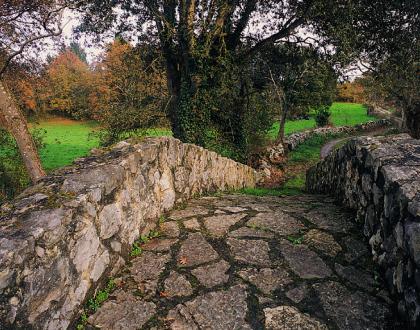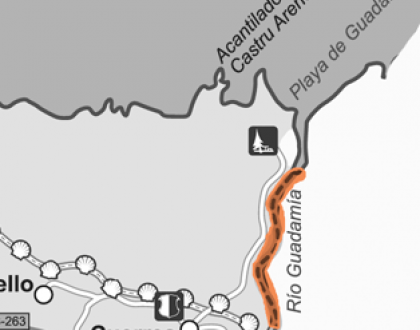TITO BUSTILLO CAVE - UNESCO SITE

Description
Tito Bustillo Cave is a part of the Ardines massif: a calcareous stone formation placed by the estuary of the Sella River. Pozu’l Ramu is the name of the crack on the top of the massif that was used in 1968 by Tito Bustillo’s expedition to discover this cave.
With Lascaux and Altamira caves, this site is considered one of the most important centres with Palaeolithic Cave Art in the French-Cantabrian area. In fact, the UNESCO included this cave in its World Heritage Site’s List in 2008.
Twelve different chambers and spots in this cavern present cave art, but only the Main Panel is shown to visitors. Wonderful huge horses, bison and reindeer where painted and engraved there during the Magdalenian period. Moreover, the walls of this cave register Art and human activity from Gravetien period to the end of the Stone Age.
As a geological site, 700 m of galleries plenty of stalactites, stalagmites, columns, gours and flows are covered during your visit.
Due to conservation imperatives Tito Bustillo Cave is exclusively open for visitors from April to October. In any case, when visits are available, only a few reduced groups a day enter inside the cave. That’s why a reservation in advance is highly recommended. Guided tours and visits to Tito Bustillo Cave have to be booked in Tito Bustillo Cave Art Centre.
Tito Bustillo Cave is a part of the Ardines massif: a calcareous stone formation placed by the estuary of the Sella River. Pozu’l Ramu is the name of the crack on the top of the massif that was used in 1968 by Tito Bustillo’s expedition to discover this cave.
With Lascaux and Altamira caves, this site is considered one of the most important centres with Palaeolithic Cave Art in the French-Cantabrian area. In fact, the UNESCO included this cave in its World Heritage Site’s List in 2008.
Twelve different chambers and spots in this cavern present cave art, but only the Main Panel is shown to visitors. Wonderful huge horses, bison and reindeer where painted and engraved there during the Magdalenian period. Moreover, the walls of this cave register Art and human activity from Gravetien period to the end of the Stone Age.
As a geological site, 700 m of galleries plenty of stalactites, stalagmites, columns, gours and flows are covered during your visit.
Due to conservation imperatives Tito Bustillo Cave is exclusively open for visitors from April to October. In any case, when visits are available, only a few reduced groups a day enter inside the cave. That’s why a reservation in advance is highly recommended. Guided tours and visits to Tito Bustillo Cave have to be booked in Tito Bustillo Cave Art Centre.

